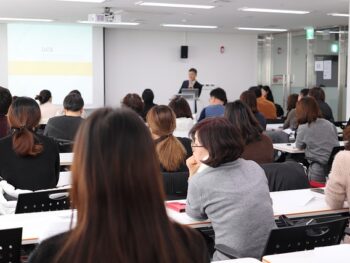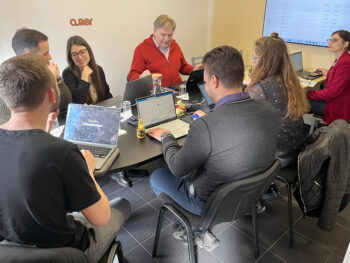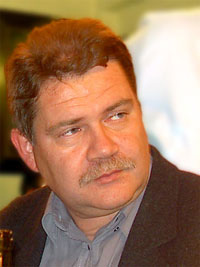Current activities and engagement
Here you will find information on current activities and specific future activities.

Graphics and Publishing
The Computer, Scan & Publishing Service Peter Mazohl founded the company Computer, Scan and Publishing Service in the year 1989. The Specialization The Computer, Scan and Publishing Center is specialized in all kinds of “new media projects”. Experience in many years in pre-press and print projects combined with profound knowledge in the sector “electronic publishing” Read More ...

Research and Publications
Peter Mazohl is involved in research work mainly in the field of learning and teaching with the use of technical tools. He developed a teaching method for the use of laptops in schools and is responsible for several web pages and blogs about learning and teaching focusing on eLearning and Blended Learning. As a Blended Read More ...

Functions
Peter Mazohl taught at various schools and educational institutions. He is also a member of several organizations and the board of two important European associations. He is the president of the EIE/EBI (European Initiative for Education) co-founder and currently the president of the EFQBL (European Foundation for Quality in Blended Learning) As a teacher, he Read More ...
